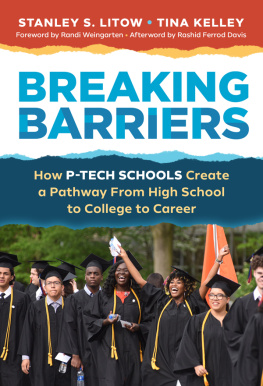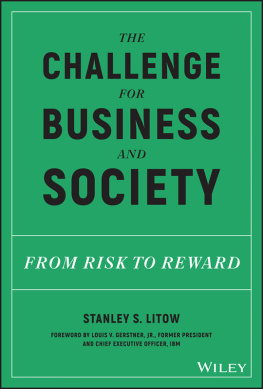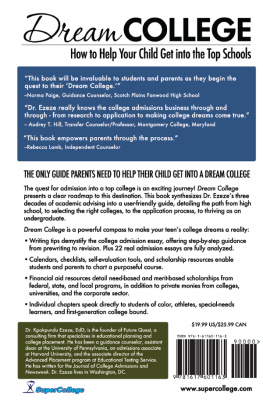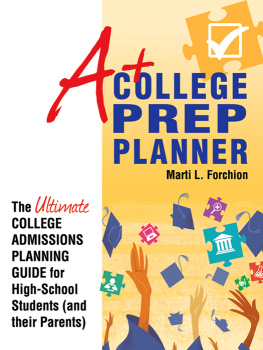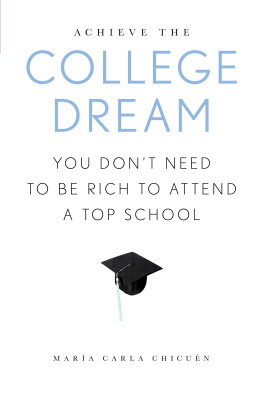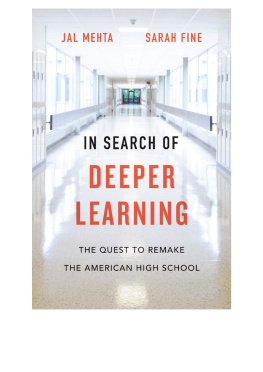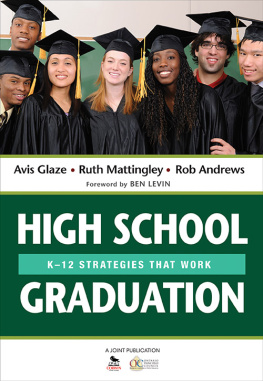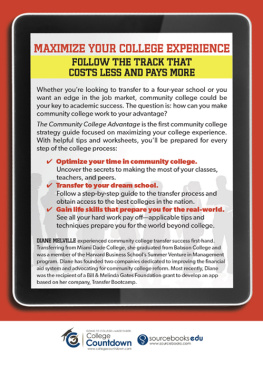BREAKING BARRIERS
How P-TECH Schools Create a Pathway From High School to College to Career
Stanley S. Litow Tina Kelley
Foreword by Randi Weingarten
Afterword by Rashid Ferrod Davis

Published by Teachers College Press, 1234 Amsterdam Avenue, New York, NY 10027
Copyright 2021 by Stanley S. Litow and Tina Kelley
Front cover photo by Feature Photo Service.
Some of the material in about the New Brunswick school previously appeared in New Jersey Monthly .
All rights reserved. No part of this publication may be reproduced or transmitted in any form or by any means, electronic or mechanical, including photocopy, or any information storage and retrieval system, without permission from the publisher. For reprint permission and other subsidiary rights requests, please contact Teachers College Press, Rights Dept.: .
Library of Congress Cataloging-in-Publication Data
Names: Litow, Stanley S., author. | Kelley, Tina, author.
Title: Breaking barriers : how P-TECH schools create a pathway from high school to college to career / Stanley S. Litow, Tina Kelley.
Description: New York, NY : Teachers College Press, 2021. | Includes bibliographical references and index.
Identifiers: LCCN 2021007251 (print) | LCCN 2021007252 (ebook) | ISBN 9780807765586 (paperback) | ISBN 9780807765593 (hardcover) | ISBN 9780807779699 (ebook)
Subjects: LCSH: College-school cooperation. | School-to-work transition. | P-TECH (School) | Educational equalization.
Classification: LCC LB2331.53 .L58 2021 (print) | LCC LB2331.53 (ebook) | DDC 373.2/8dc23
LC record available at https://lccn.loc.gov/2021007251
LC ebook record available at https://lccn.loc.gov/2021007252
ISBN 978-0-8077-6558-6 (paper)
ISBN 978-0-8077-6559-3 (hardcover)
ISBN 978-0-8077-7969-9 (ebook)
To my grandchildren and all those in their generation, regardless of income or race, who deserve a bright future
Stanley Litow
To all the students who were told to aim lower, and to all the students who told us their stories
Tina Kelley
Contents
Randi Weingarten
Rashid Ferrod Davis
Foreword
The COVID-19 pandemic has exposed the far-reaching impacts of education inequities that exist in America and that carry into the labor market where lower-income Black and Hispanic Americans and those without a college degree have been among the hardest hit by job losses. At the same time, science and industry have accomplished the enormous feat of developing a vaccine in record time. But students from low-income families are less likely to take a science-oriented core curriculum and less likely to meet college-readiness benchmarks, let alone complete college. This book looks at the success of the P-TECH model to deliver a high-quality education in which all students can earn both a high school diploma and a free community college degree, plus a place at the head of the line for a career with a bright future.
In my experience, children need a healthy environment in order to thrive; they need to feel safe, welcomed, challenged, inspired, and supported. Successful educational models, such as P-TECH or community schools, have figured out how to bring these elements together. By moving beyond the normal confines of the school and partnering with local stakeholders, these schools provide real solutions to the unique problems of the students and families they serve, taking another major step forward in reclaiming the promise of public education.
P-TECH schools are open enrollment and offer a fully integrated grade 914 program. By integrating high school and college coursework, students can begin college courses as soon as they are ready. Students also participate in a range of workplace opportunities that include mentoring, site visits, and paid internshipsall designed to support students academic and professional growth. Students can choose from a range of STEM fields, including information technology, advanced manufacturing, health care, and financeall higher-wage fields that too long have been set aside only for those of privilege.
When I visited the first P-TECH school shortly after it opened, I was struck by the teachers deep engagement and passion for learning. They fervently believed that every student, regardless of income or race, could succeed. With its high expectations and effective student supports, P-TECH benefits students of all races, economic levels, and prior academic accomplishments. When a college education, necessary now more than ever, too often is a pipe dream, P-TECH delivers it, totally free, for all students.
The teachers I know join this profession because they want to change the world one student at a time. Teachers want to challenge students with problems they can analyze and solve, so they too can bring about change. Teachers want to have their voices heard and their expertise in how to run and inspire a classroom be the basis for improving school systems.
Any successful model listens to teachers, values their expertise, and trusts their creativity, idealism, and heart. P-TECH schools aspire to give teachers the freedom to hone their pedagogical techniques and to develop high-quality, problem-based learning. With the help of tutoring, mentoring, paid internships, and close collaboration with a community college and business partner, the schools help ensure students are college ready, often much earlier than their peers at traditional high schools. P-TECH students are more likely to thrive in college and complete a valuable, debt-free degree.
Too many children from disadvantaged backgrounds have been left behind. Too often they hear, Kids like you dont go to college, or Kids like you could never achieve career success. This must changeboth in attitude and action, and P-TECH is a change agent. Weve seen how some students who are academically behind enter a P-TECH high school and, thanks to high expectations and support, are able to graduate from college ahead of schedule.
But P-TECH offers a lesson that goes far beyond the walls of an individual school. It shows that public education works, and innovative, improved, and adaptable approaches to schooling that are 100% public are not only needed but also achievable and affordable. Unlike other school reforms, where outsiders with little experience in public education felt they had all the answers and diminished the knowledge of educators by offering simplistic fixes, P-TECH reminds us that the key stakeholders responsible for student success, teachers especially, must have a seat at the table and be included and heard. Teachers must be deeply involved in both the creation and replication of any major school design or improvementas must parents, civil rights and community organizations, employers, and higher education institutions.
Public schools can and must be direct pathways to prosperity and pluralism. Teachers aspire to a world where schools are excellent for all, equitable for all, and empowering for all. Thats the promise of this model, as well. And the model is spreadingfrom New York, Connecticut, Colorado, Texas, and Maryland to Australia, France, and Taiwan. P-TECH students defy all the stereotypes of who can succeed. We know what works; innovative models such as P-TECH offer a ladder of opportunity, a path out of poverty, and a long leap toward a more equitable future. We have the tools to build schools in which all children thrive. Its long past time we recognized that doing so is among our societys most important tasks.

